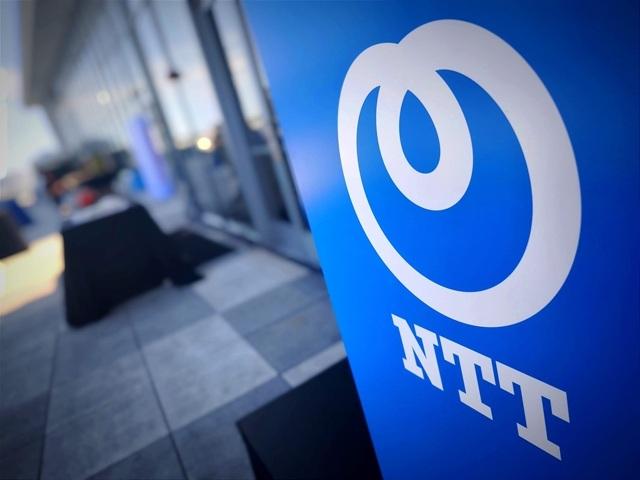Portrait of Professor Alex “Sandy” Pentland
Sandy Pentland
A new book by Alex Pentland delves into the theory around social communications, and how people utilize information together, to think about a way forward in the age of AI.
Pentland has long been a leading voice on artificial intelligence, known for lecturing on topics like wearable computing, computational social science and the “physics” of human behavior. In the MIT community, he helped launch and direct the MIT Media Lab and launched MIT Connection Science, and has contributed to many researchers, startups and entrepreneurs. Many in the community call him a mentor, and cite his work, for example, with the UN Global Partnership for Sustainable Development Data.
Pentland’s research explores how data from social networks, wearable sensors and mobile devices can be used to model human behavior and build systems for better decision-making. In one of his early books, Honest Signals, Pentland investigated the idea that certain social signals reveal many patterns that can show how people move through society. In another book, Social Physics, he applied these concepts to societies as a whole.
Book Cover
Sandy Pentland
In addition, Pentland has been an advisor to the World Economic Forum on big data and personal data initiatives, is active in annual talks at Davos, and has served on various advisory boards. He has also won awards and accolades including the McKinsey Award from Harvard Business Review.
Now, with Shared Wisdom: Cultural Evolution in the Age of AI, Pentland is expanding some of these themes, to talk about what really drives human responses in a social context. Are we “rational agents,” his work asks, or do we use stories in intuitive ways to internalize our realities?
Evolving Institutions
In the process of asking these questions, Pentland’s book leads us to consider how a focus on communities helps to support our institutions, in government, in academia, in democracy. Through this lens, we can try to figure out how to craft civic structures that support communities, the rights of all people, and overall, better social outcomes. AI, he suggests, may help.
The book, in general, explores what the “wisdom” of communities is, and how we can use it to improve our lives, and benefit future generations as well.
Side Effects of AI
Another aspect of this involves looking at where we are, and how we got here, through the consideration of successive technological “waves.” Pentland covers this as well: a chronology to which he has undoubtedly had a front row seat – evaluating prior “waves” of AI, and noting what’s different about the one that we are in now. From Dartmouth in the 50’s to rapid automations in 2025, he takes us through much of the trajectory of AI/ML and observes the range of effects that this has had on societies, including some that we would not have predicted, such as the destruction of social bonding within communities..
Pentland’s work reveals a kind of balancing act, where humanity has won opportunities from AI, but also has to guard against unintended side effects that may challenge us in ways we never expected.
Applications of Shared Wisdom
In two chapters at the end of the book, “Reinventing Democracy” and “By the People, For the People,” Pentland takes aim at issues around promoting the right values and outcomes in collective environments. Using principles like Elinor Ostrom’s ideas about having clearly defined boundaries, reliable monitoring and “congruence between citizen contributions, benefits, and local conditions,” Pentland considers the range of options that we have in doing the work around making our communities, our institutions and our civic agreements the best they can be.
AI, Pentland says, “can reinvigorate our communities and personal lives if used correctly.” you’re interested in the social science around AI as a phenomenon, this is an important book for you. Pentland’s significant involvement in thought leadership aside, the themes developed here can help guide us on the keys to harnessing AI the right way.









